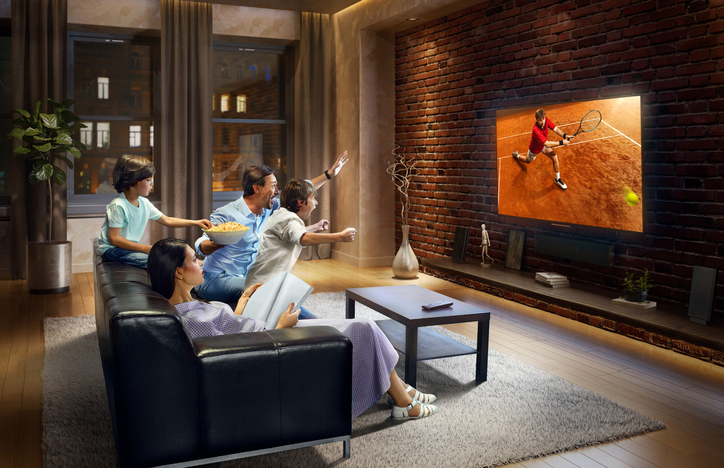Maximizing Acoustic Quality Via Tactical Audio Placement in Commercial Environments
Maximizing Acoustic Quality Via Tactical Audio Placement in Commercial Environments
Blog Article
Maximizing sound experience in business environments is essential for establishing an appealing and effective atmosphere. Whether it’s in a dining establishment, retail store, or workspace, the way sound travels and is perceived can greatly affect customer contentment and staff productivity. Strategic speaker placement holds a key role in attaining optimal sound quality. By grasping the fundamentals of acoustics and taking into account the layout of the space, companies can improve the overall auditory environment for everyone in attendance.
One of the initial steps in efficient audio placement is to assess the dimensions and configuration of the commercial space. Various sections may have distinct acoustic properties that influence how audio functions. For instance, large, open spaces may require more speakers to guarantee even audio coverage, while smaller, confined spaces might benefit from fewer speakers placed thoughtfully to avoid overwhelming the audience. Additionally, the substances used in the construction of the space, such as walls, surfaces, and roofs, can influence sound reflection and absorption. Understanding these factors assists in deciding the best locations for audio units.
Another crucial factor is the type of sound being played. Ambient tunes in a café, announcements in a retail store, or displays in a meeting room all require varied sound configurations. For example, in a restaurant, speakers should be placed to create a enjoyable atmosphere without overpowering conversations. In contrast, in a retail space, audio units may need to be positioned to ensure that advertising announcements are clearly heard throughout the space. Tailoring the speaker placement to the particular sound needs of the setting can greatly enhance the overall atmosphere.
The height and tilt of the speakers also play a significant role in sound distribution. Placing speakers at listening height can assist guarantee that audio arrives the listeners efficiently. Additionally, tilting audio units towards the center of the room can help direct sound where it is needed most. This is particularly important in spaces with high ceilings, where audio can easily dissipate. By carefully considering the height and direction of the audio units, businesses can establish a more immersive acoustic experience that keeps customers engaged and staff concentrated.
Ultimately, consistent assessment and modification of audio positioning see this are crucial for preserving optimal sound quality. As the layout of a commercial space changes, or as new furniture and items are added, the sound characteristics may change. Performing periodic evaluations can assist detect any problems with audio coverage and enable for required modifications. By focusing on thoughtful speaker positioning and continuous assessment, companies can guarantee that their business environments offer a inviting and enjoyable acoustic environment for all.